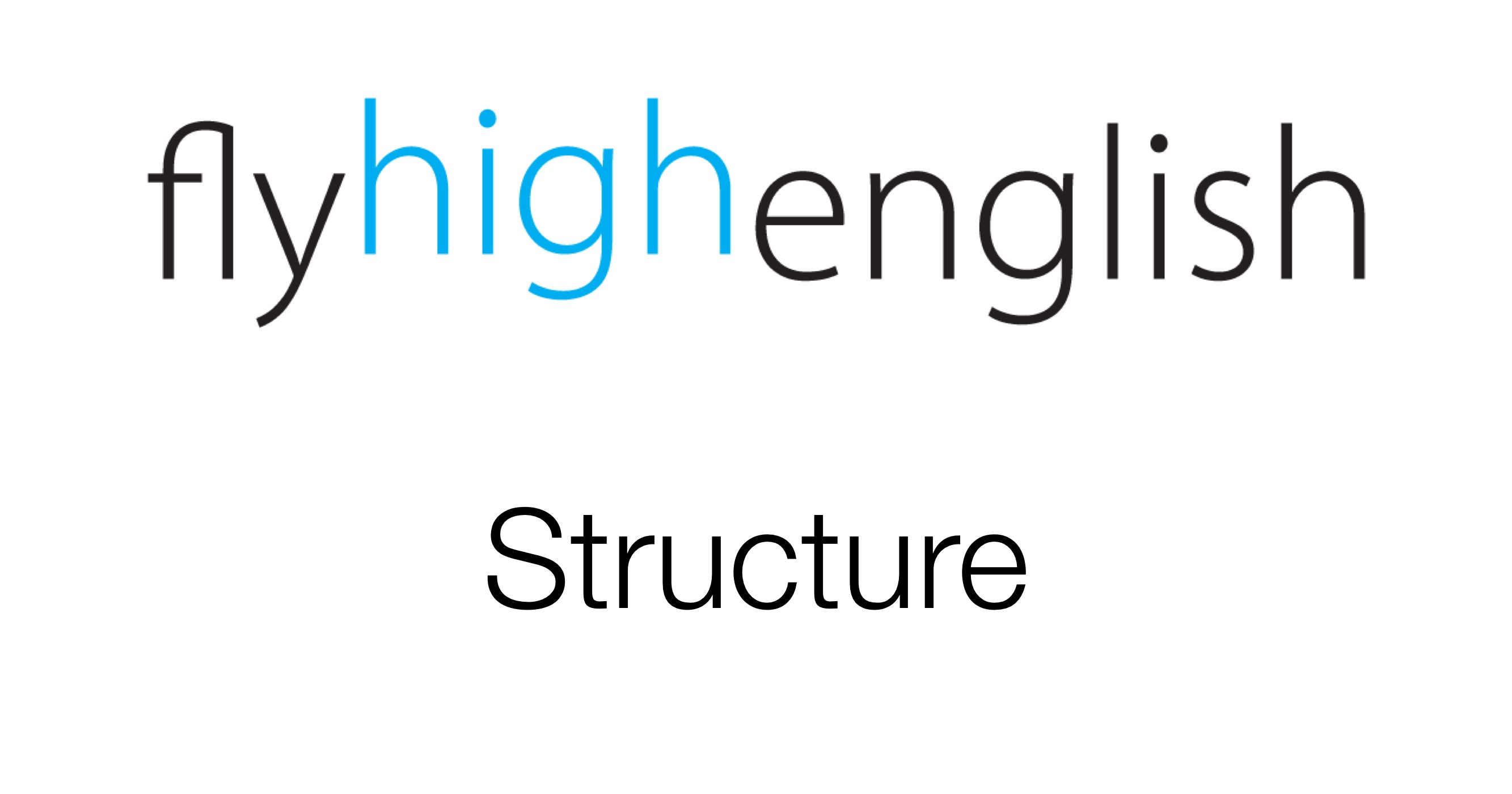
This time in our structure help we talk about conjunctions. These are words that join clauses into sentences. We’ll look at some of the most common conjunctions first; and, but, or. Most people are familiar with these conjunctions and in comings weeks we’ll explore more conjunctions that can be more difficult to use. But, for the moment, have a look at the diagram below and try to write some examples of your own.

Follow us on twitter here, Facebook here or Google+ here for more great content!
Have a great day!





